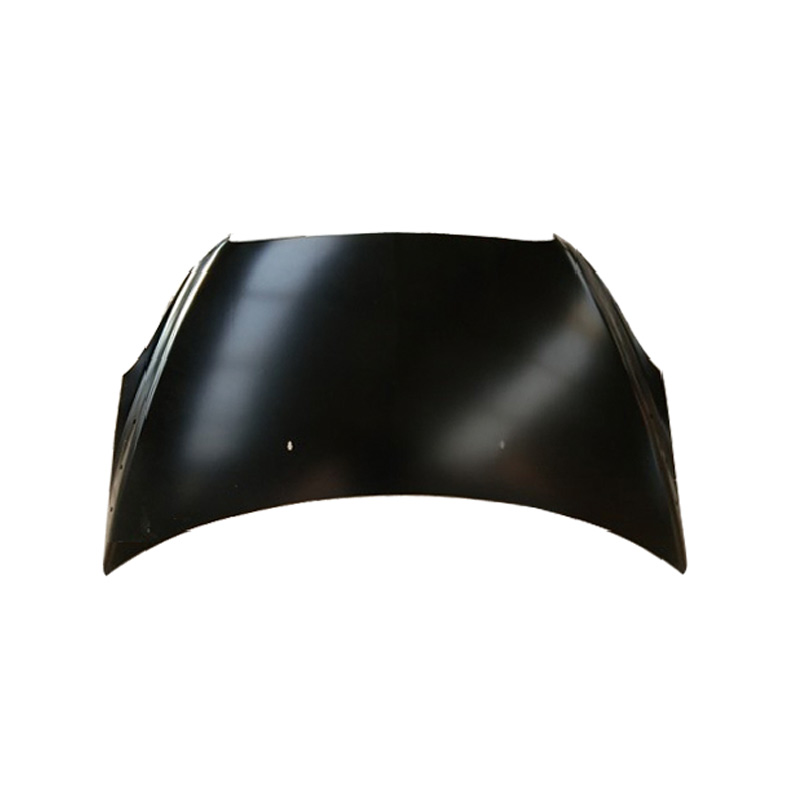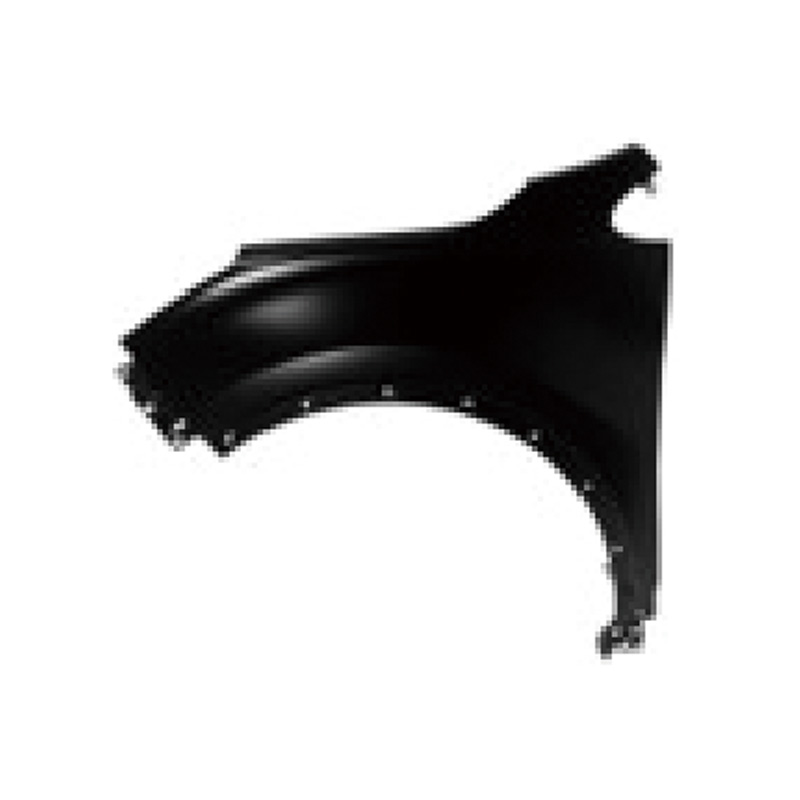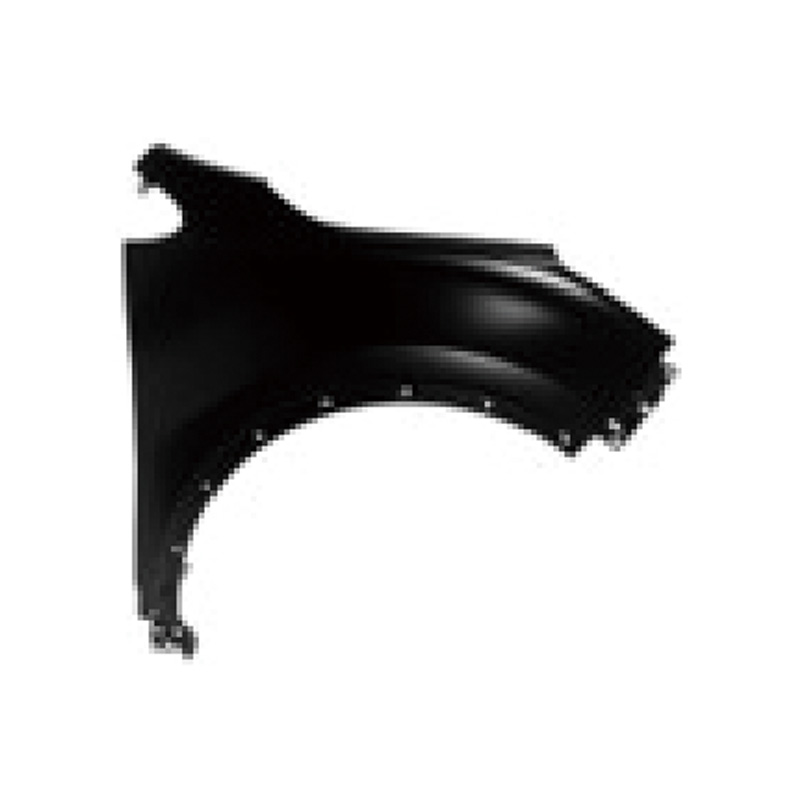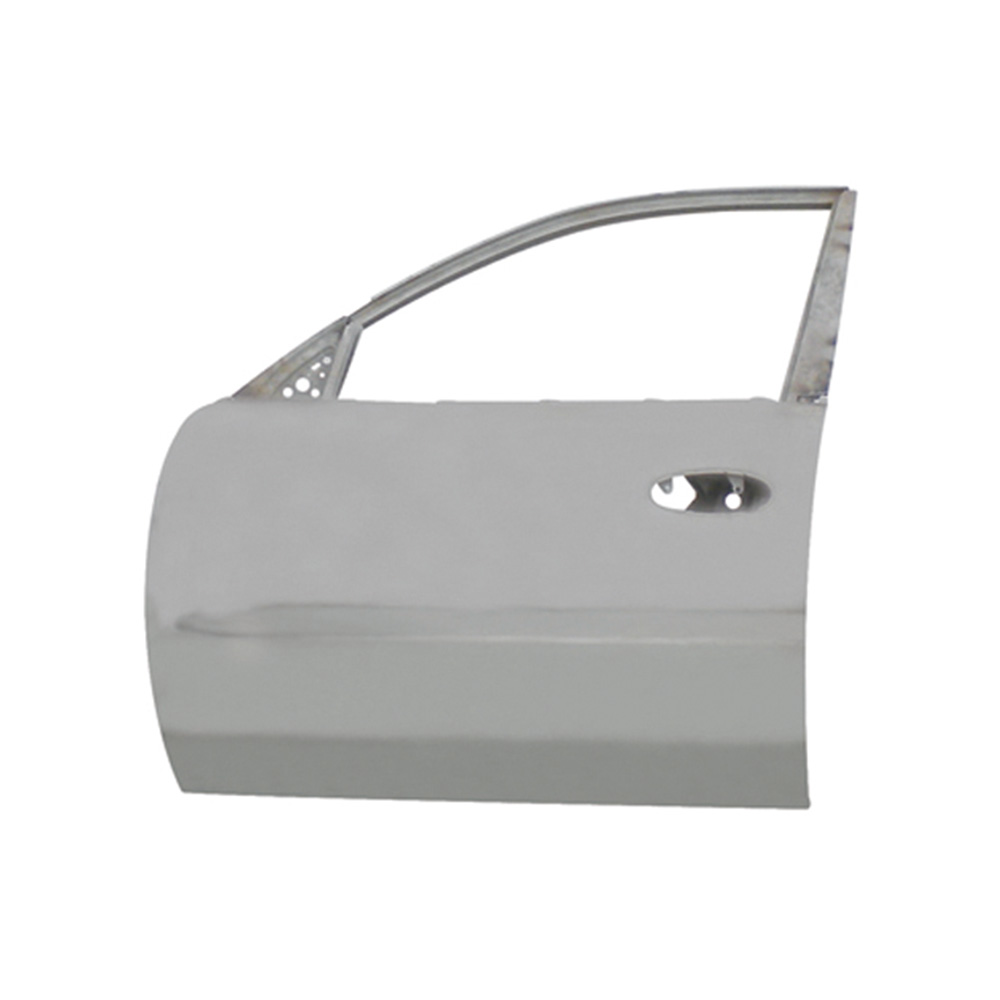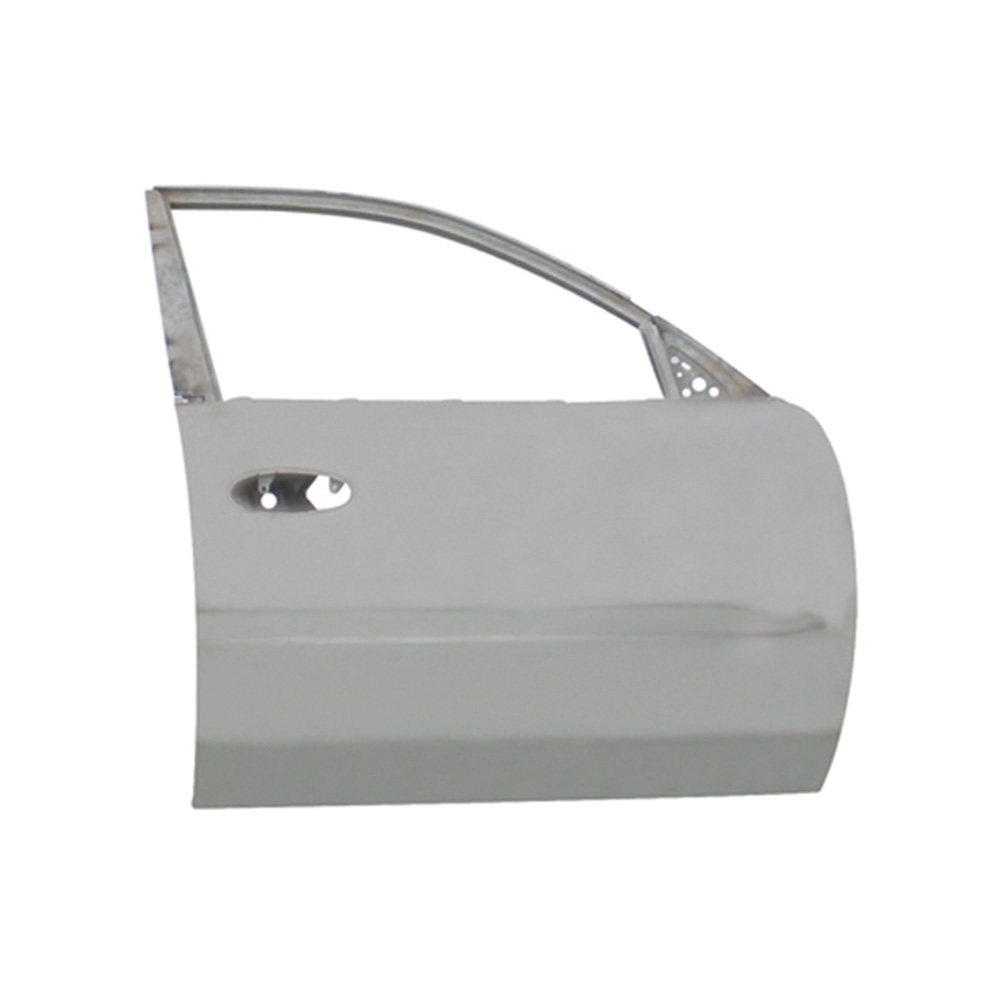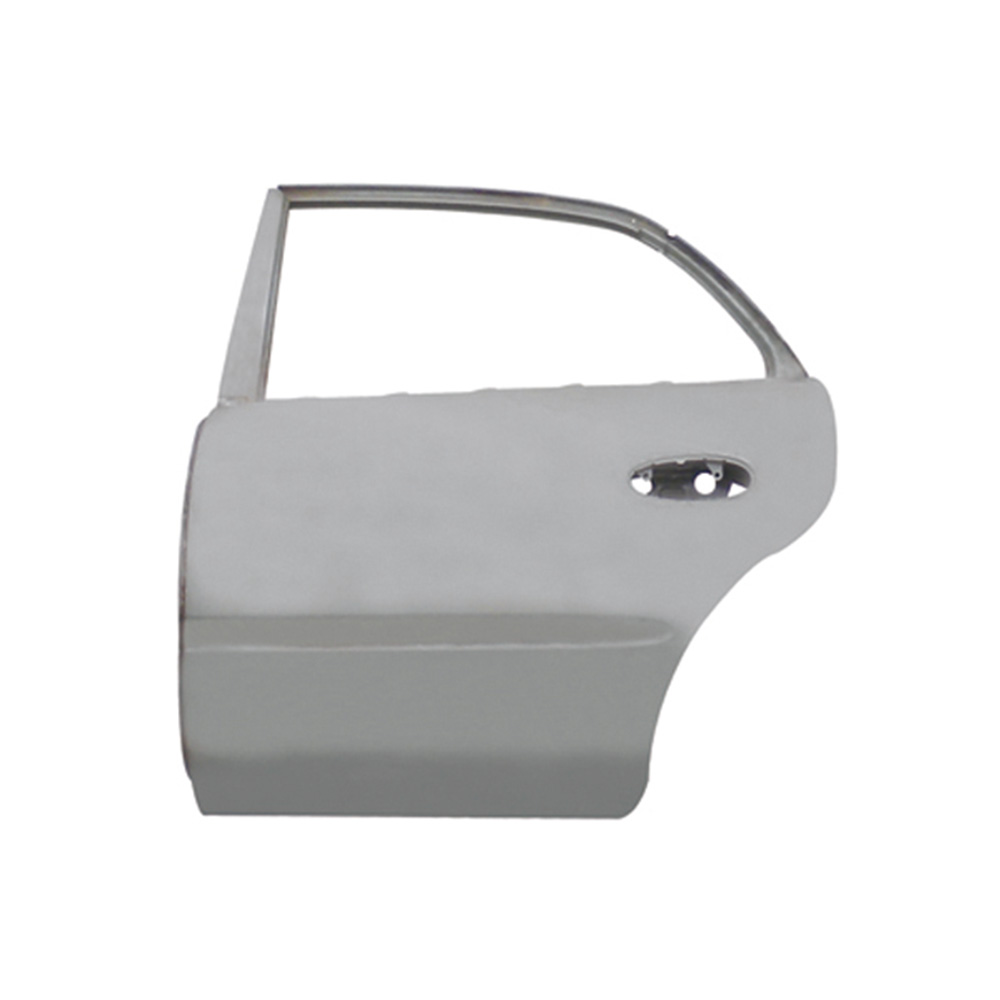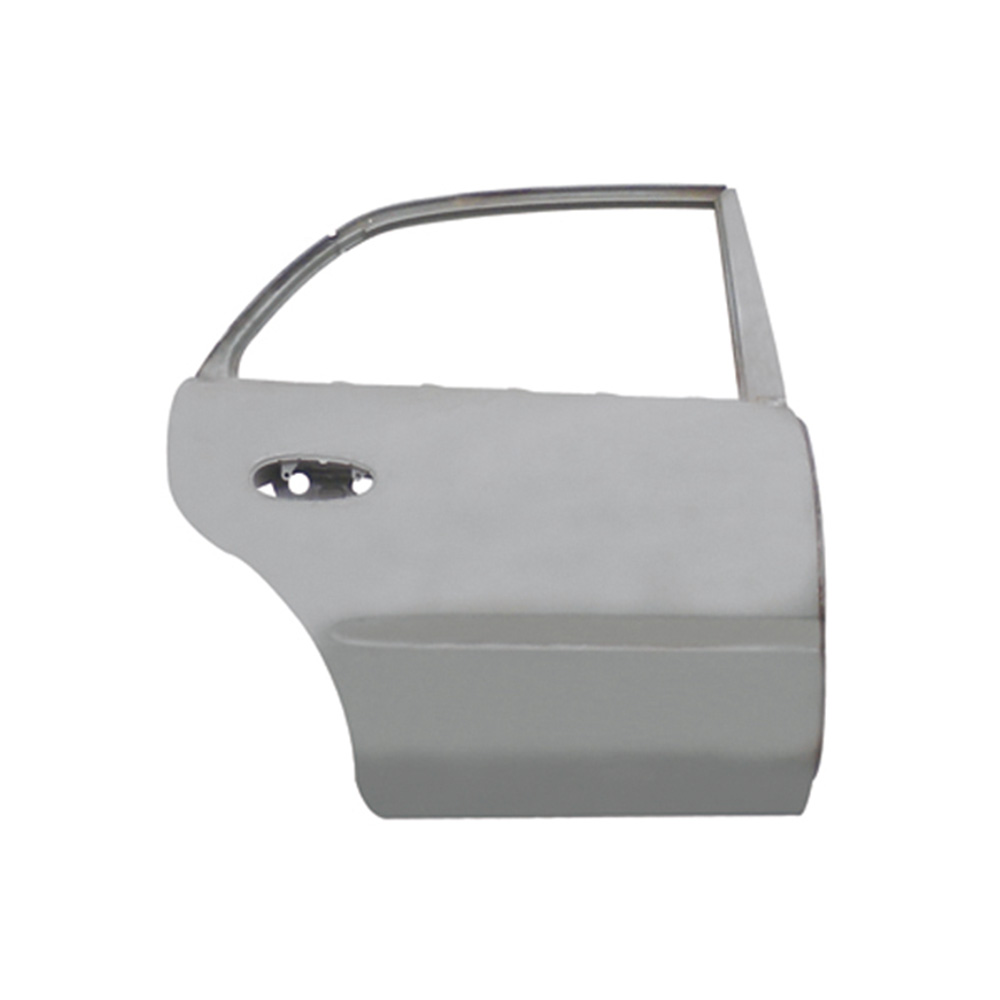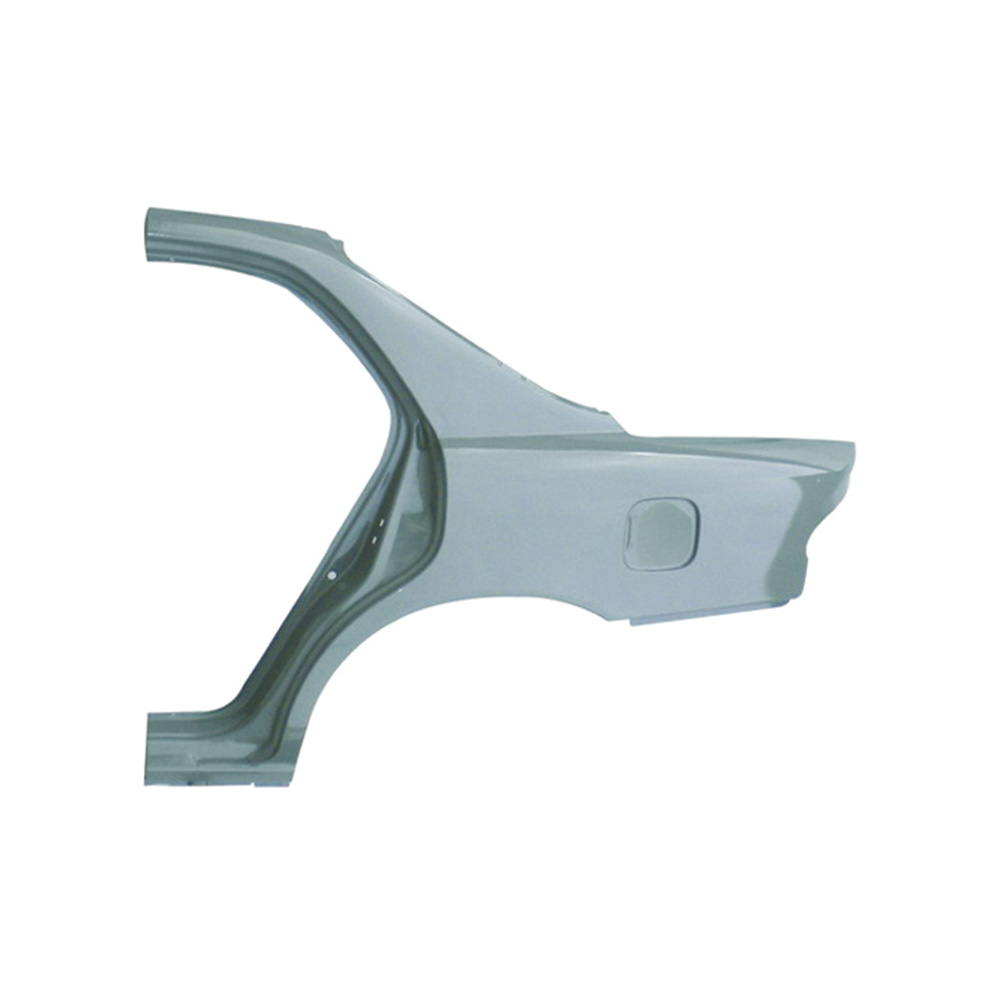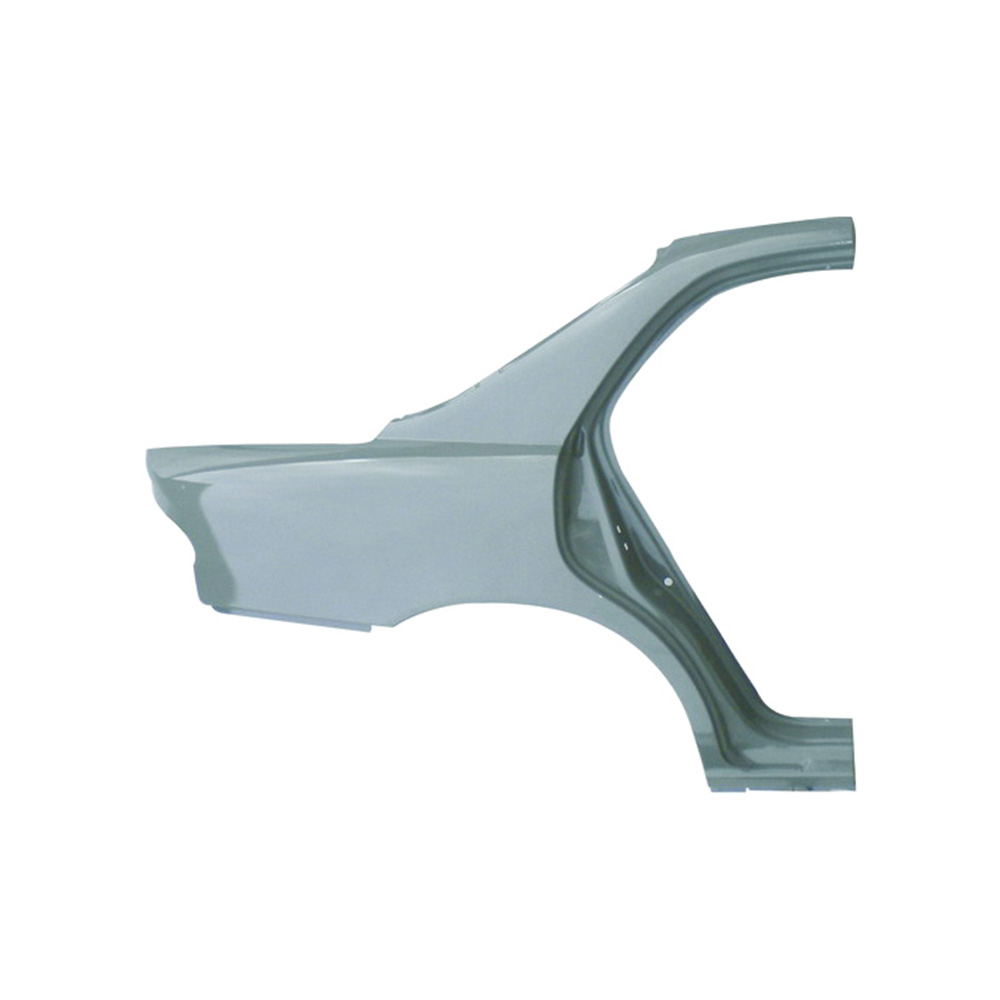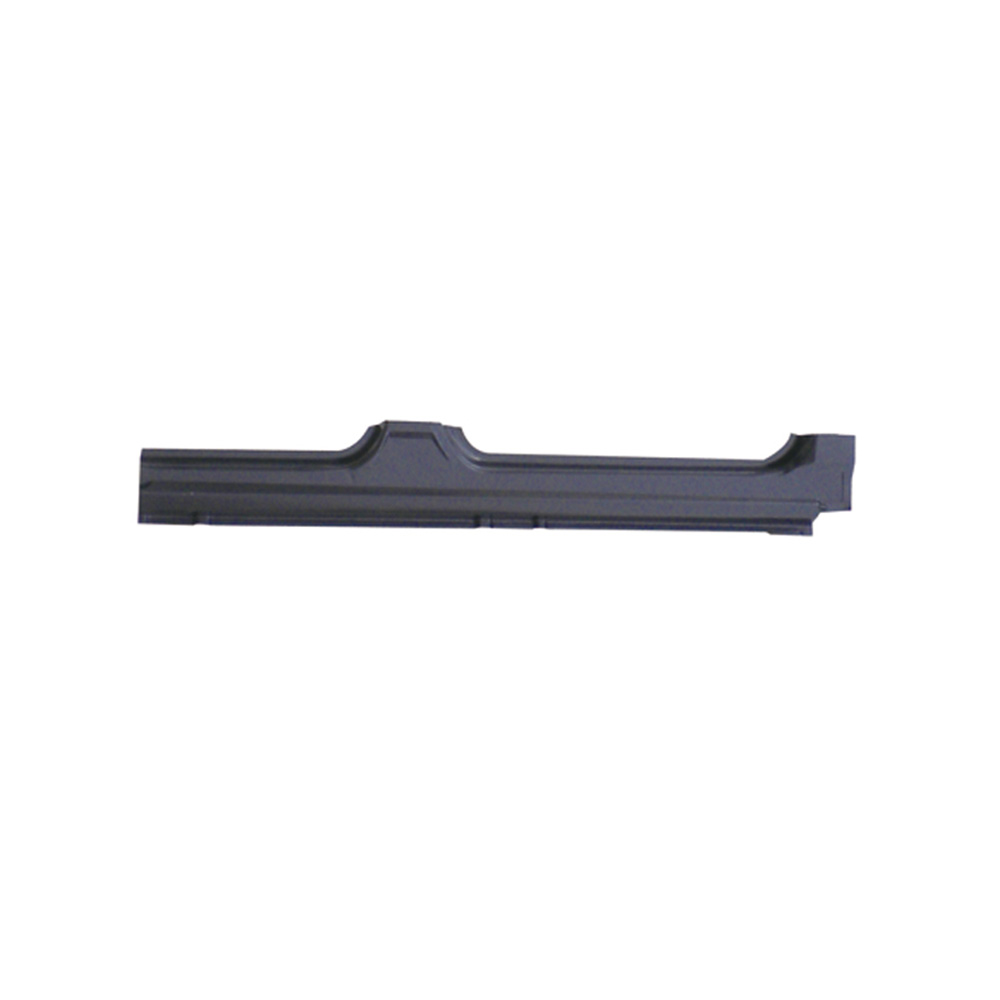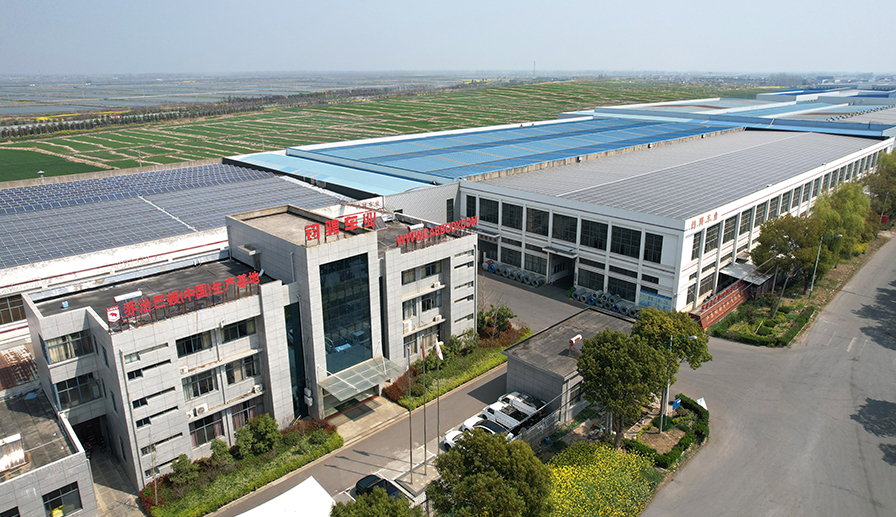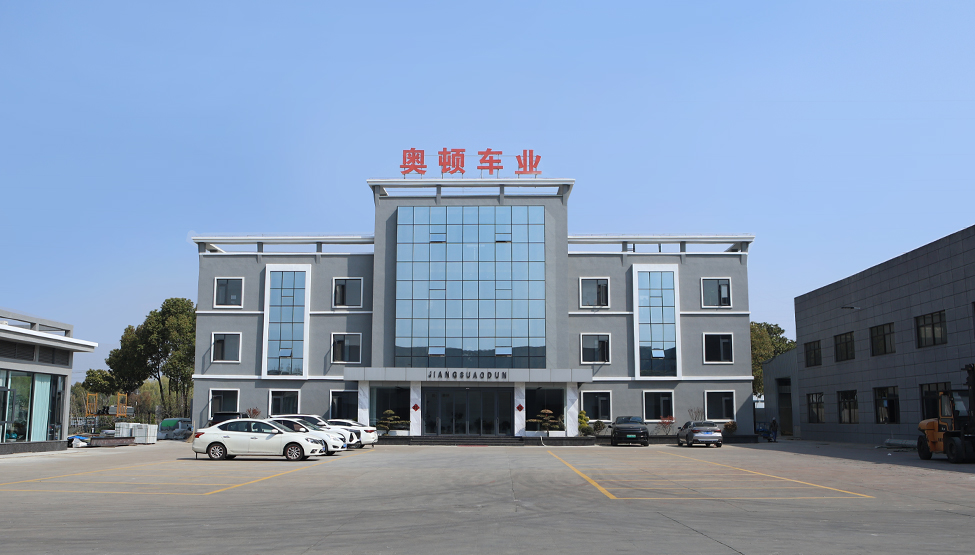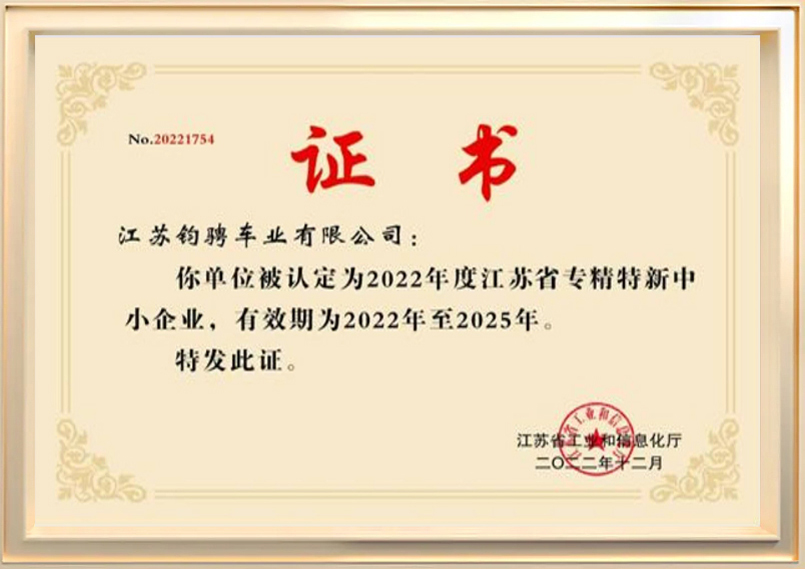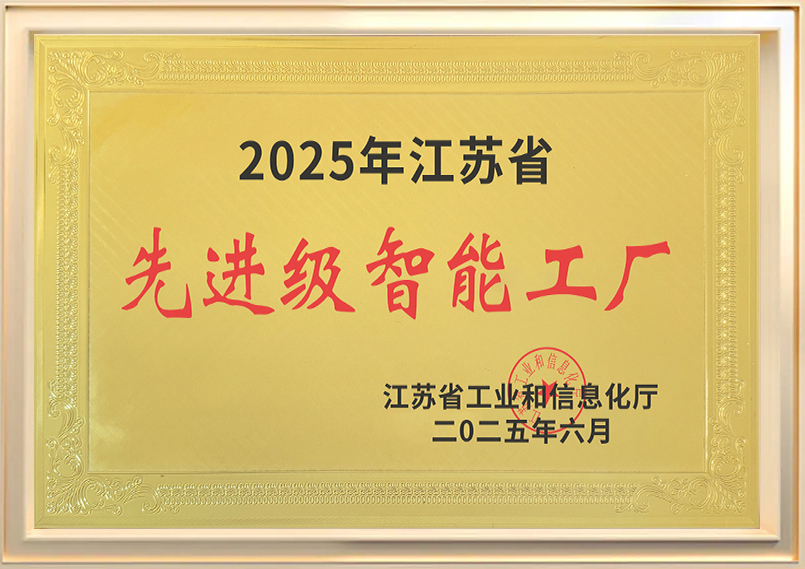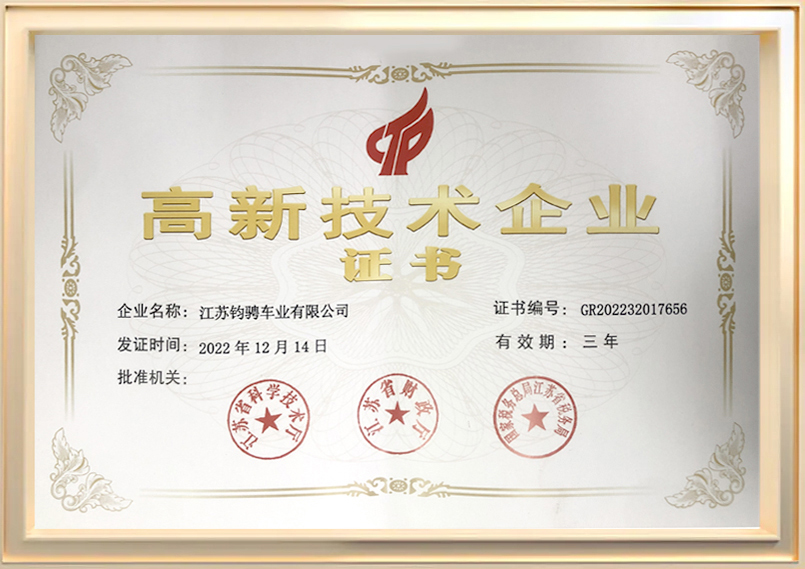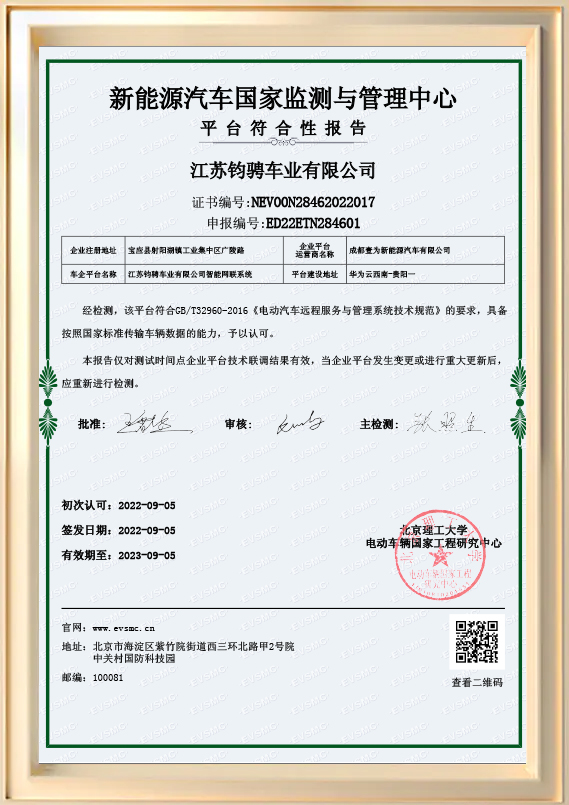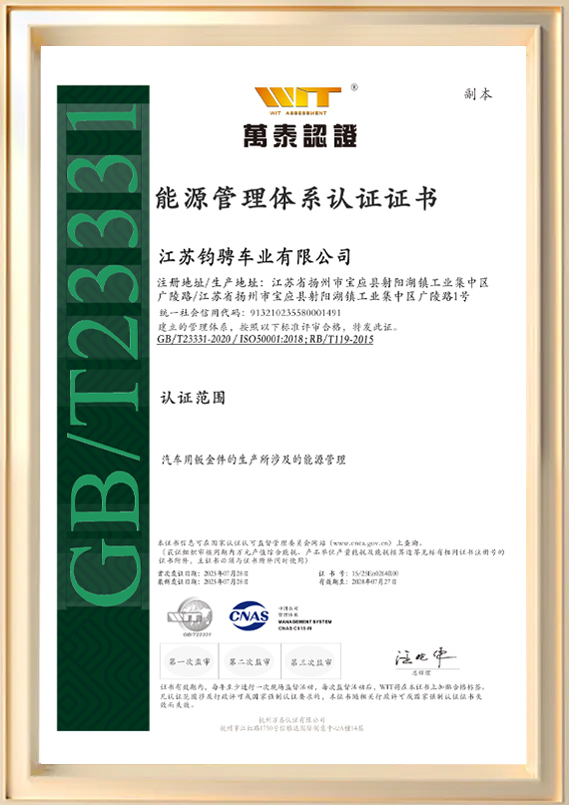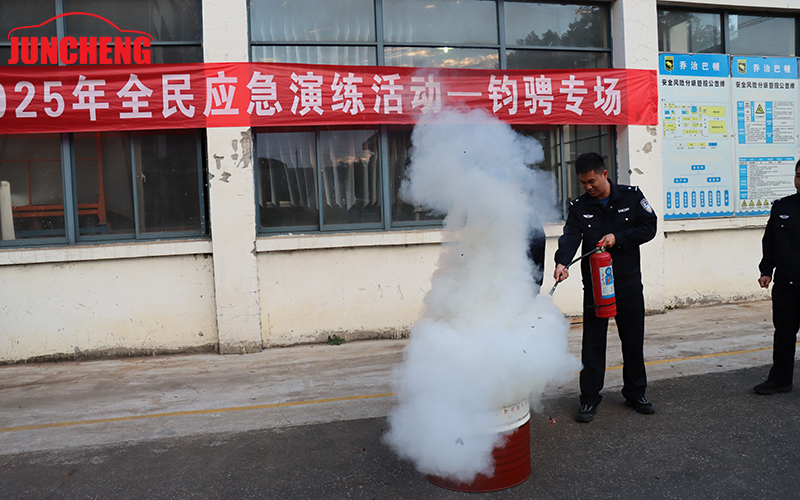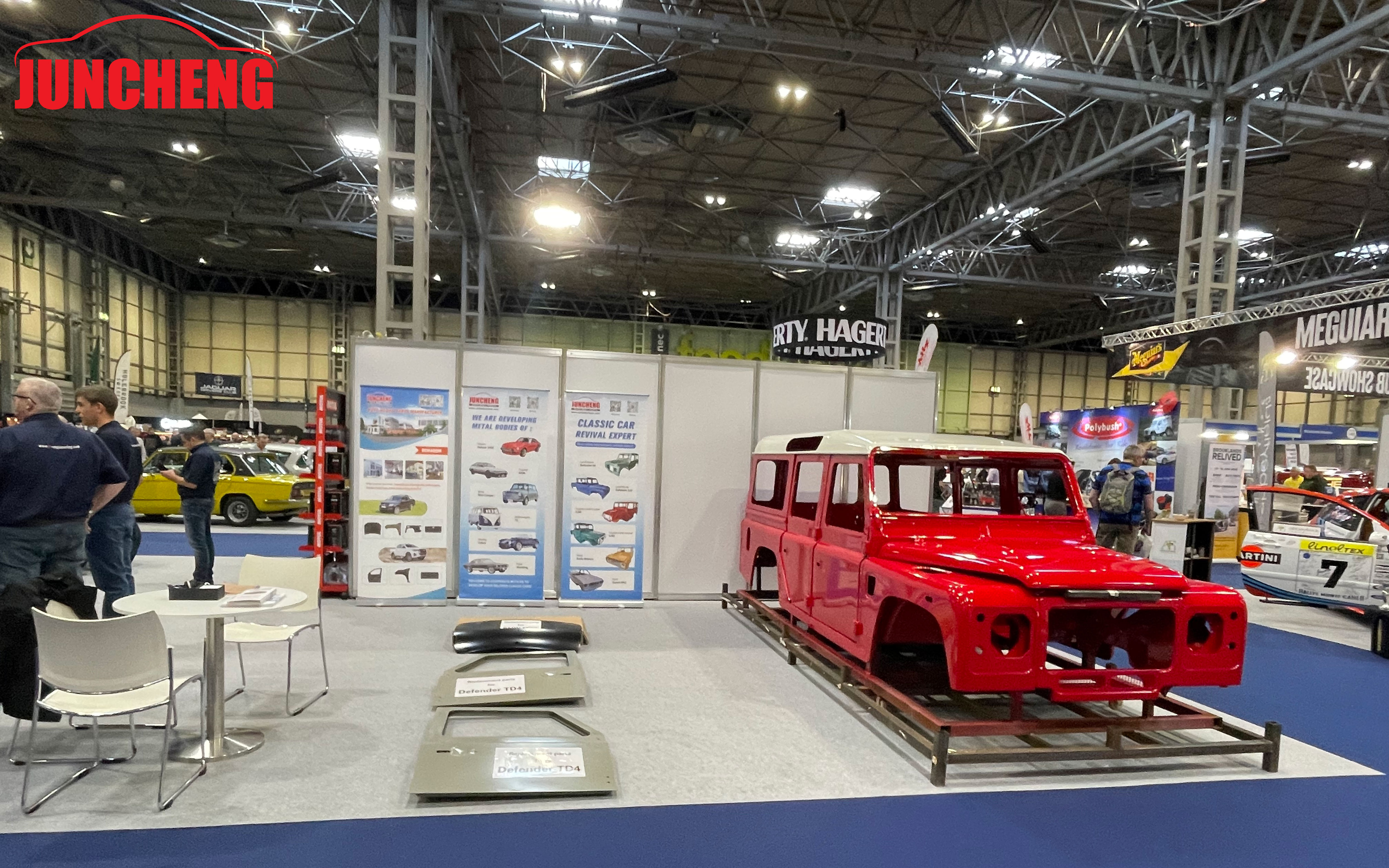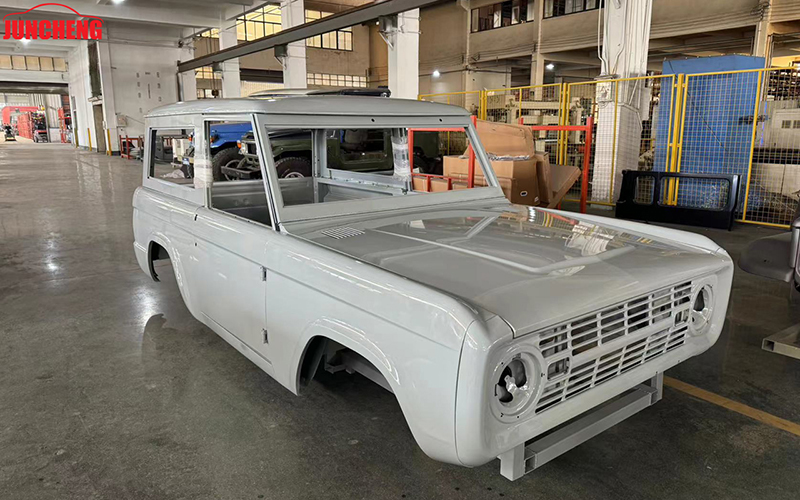What are these Buick parts made of?
Overview of Material Selection in Buick Component Manufacturing
Material selection for Buick parts reflects a combination of strength requirements, weight considerations, durability expectations, and compatibility with modern automotive engineering practices. As Buick models range from traditional sedans to contemporary SUVs, the materials used in different components are chosen to maintain stability, support structural reliability, and align with evolving industry trends such as lightweighting and electrification. Manufacturers supplying Buick, including enterprises such as Juncheng Vehicle Industry Group, place emphasis on process consistency, dimensional accuracy, and material adaptability to ensure that the sheet metal parts meet the needs of North American vehicle platforms. The diversity of materials also enables different components—such as body panels, chassis structures, and interior metal brackets—to achieve the required performance characteristics while maintaining cost-effectiveness and manufacturability.
Characteristics of Steel Materials Used in Buick Auto Parts
Steel remains one of the foundational materials in Buick parts, especially in body structures and safety-related components. Buick vehicles incorporate multiple grades of steel, including mild steel, high-strength steel, and some ultra-high-strength varieties. Each grade is selected to match the mechanical requirements of its location within the vehicle. Mild steel is often applied to large outer panels because it supports ductility and formability, allowing manufacturers such as Juncheng Vehicle Industry Group to perform stamping operations with balanced material flow. High-strength steel is used in areas needing reinforcement, such as door impact beams and roof rails, where increased load-bearing capacity is essential. The use of ultra-high-strength steel, often processed by hot stamping, contributes to specific structural zones that must maintain rigidity under varying conditions. These steels together create a controlled energy-absorption framework to help the vehicle maintain structural stability.
Aluminum Applications in Buick Models
Aluminum plays a role in Buick’s effort to achieve weight reduction without compromising structural durability. Its use is more common in components like hoods, decklids, wheel rims, heat shields, and selected suspension elements. Aluminum alloys, particularly 5000- and 6000-series, are valued for their balance of strength, corrosion resistance, and ability to undergo complex forming processes. For sheet metal suppliers such as Juncheng Vehicle Industry Group, the ability to process aluminum requires controlled lubrication, specialized dies, and precise temperature management to ensure that the final part maintains dimensional stability. Buick models produced in recent years increasingly incorporate aluminum in non-crash-critical exterior panels, supporting improved fuel economy and more efficient vehicle handling characteristics. Its thermal conductivity also supports its use in engine-related shielding and cooling applications.
Use of Composites in Buick Vehicle Systems
Composite materials appear in selected Buick components where enhanced stiffness-to-weight characteristics are desired. Fiber-reinforced plastics (FRP), glass-fiber-reinforced nylon, and certain resin-based composites are used in parts such as intake manifolds, underbody shields, and structural reinforcement brackets within non-high-impact areas. These materials provide advantages in areas where corrosion exposure or complex shapes create challenges for metals. Composites also offer stable thermal performance, which supports their use in engine-adjacent environments. Although composites require specialized molding processes, their increasing presence in Buick parts reflects broader automotive industry trends toward material diversification. As manufacturers like Juncheng Vehicle Industry Group continue improving forming technologies for metal parts, composite parts must integrate smoothly with surrounding sheet metal systems, prompting attention to joint design and fastening methods.
Materials Used in Buick’s Classic Car Components
Buick’s historical vehicle models, especially those considered classic cars, utilized different material combinations compared with modern models. Traditional steel grades with higher thickness levels were widely used in body structures, contributing to the heavier weight characteristic of earlier decades. Chrome-plated steel, cast iron, and older-generation aluminum alloys also appeared frequently in engine systems, bumpers, and trim. For the classic car business segment within Juncheng Vehicle Industry Group, replicating these materials is essential for producing restoration parts that align with original specifications. Although certain historical materials may not align with current lightweighting goals, they remain important for authenticity and structural similarity. Some restorations may include updated materials to address corrosion resistance, but the dimensional and aesthetic requirements typically maintain consistency with the original Buick designs.
Common Materials Used in Buick Components and Their Typical Applications
| Material Category | Example Material Types | Typical Applications in Buick Vehicles | Characteristics Relevant to Part Performance |
|---|---|---|---|
| Steel | Mild steel, high-strength steel, ultra-high-strength steel | Body panels, safety structures, reinforcement beams | Supports forming, maintains rigidity, offers controlled deformation |
| Aluminum | 5000-series and 6000-series alloys | Hoods, decklids, heat shields, wheel rims | Reduces weight, resists corrosion, supports moderate-strength applications |
| Polymers | ABS, PP, polyurethane foam, polycarbonate blends | Interior trims, air ducts, dashboard parts | Provides shape flexibility, assists noise control, offers lightweight properties |
| Composites | FRP, glass-fiber-reinforced nylon | Underbody shields, engine covers, intake manifolds | Delivers stiffness-to-weight balance and stable thermal behavior |
| Traditional Materials for Classic Cars | Chrome-plated steel, cast iron | Classic Buick bumpers, trims, engine components | Aligns with historical manufacturing style and structural specifications |
Does Buick Parts meet the original manufacturer's standards in terms of manufacturing process?
Material Consistency and Specification Compliance for Buick Parts
A fundamental requirement of Buick’s manufacturing process is the consistent use of certified materials that meet the material grade, mechanical property range, and chemical composition defined by the original manufacturer. Steel alloys, high-strength steel, aluminum sheets, and corrosion-coated metals must all conform to predefined tolerances. For a supplier such as Juncheng Vehicle Industry Group, meeting these requirements involves establishing partnerships with reliable material providers, performing incoming material inspections, and maintaining documentation for traceability. The selection of materials affects formability and structural stability, which makes material uniformity critical for ensuring that parts produced for Buick vehicles maintain compatibility with GM’s engineering parameters. By adhering to standardized input materials, Buick components maintain expected performance under mechanical stress, environmental exposure, and long-term usage.
Stamping and Forming Process Alignment with OEM Standards
Buick parts often involve complex stamping shapes, deep-draw zones, and structural reinforcements that require high-precision forming techniques. The original manufacturer sets expectations regarding springback control, wrinkle prevention, surface smoothness, and dimensional accuracy. To meet these expectations, suppliers employ forming simulations, tooling optimization, and controlled lubrication during stamping operations. Juncheng Vehicle Industry Group integrates computer-aided engineering tools into its sheet metal forming processes to ensure that the part geometry remains aligned with Buick specifications. Close attention is given to die surface conditions, press force distribution, and material movement, supporting process stability. By maintaining these conditions, the final stamped component achieves the required shape consistency and fits properly into the vehicle’s assembly system without causing interference or misalignment.
Welding, Joining, and Structural Integration Requirements
Buick’s manufacturing standards include welding quality metrics such as penetration depth, heat input control, nugget formation, and joint consistency. These requirements apply to components that include reinforcement structures, brackets, inner panels, and mounting interfaces. Suppliers must ensure that resistance welding, MIG welding, and laser welding processes follow controlled parameters to maintain structural strength. For Juncheng Vehicle Industry Group, welding jigs, fixture stability, and welding current regulation all contribute to producing joints that meet Buick’s structural expectations. The original manufacturer’s standards may also require specific joining designs to maintain compatibility with crash management systems and vibration control characteristics. Meeting these requirements involves continuous process monitoring to avoid joint deformation, cracks, or surface irregularities during the welding process.
Surface Treatment and Corrosion-Resistance Compliance
Surface coating standards, including galvanization, electrophoretic coating (E-coat), and anti-corrosion treatments, play a significant role in determining whether Buick parts meet OEM requirements. Buick vehicles are exposed to varying climates, requiring surface protection layers that maintain stability over time. Suppliers such as Juncheng Vehicle Industry Group apply coating processes that control film thickness, surface adhesion, and uniformity. OEM expectations include resistance to salt spray environments, humidity, and long-term oxidation. The company may integrate automated coating lines and inspection systems to verify that each part’s surface treatment meets designated specifications. Adhering to these coating standards ensures that the sheet metal components maintain structural reliability throughout the vehicle’s service life, particularly in areas vulnerable to moisture or debris impact.
Dimensional Accuracy and Tolerance Control in Buick Part Production
Meeting dimensional accuracy and tolerance standards is essential for ensuring proper fitment and assembly alignment. Buick parts typically require narrow tolerance ranges that influence installation, sealing effectiveness, and structural load transfer. Juncheng Vehicle Industry Group employs coordinate measuring machines (CMM), laser scanners, and fixture-based inspections to validate the dimensions of sheet metal components. These inspection tools ensure that the final geometry matches original design parameters. Dimensional deviations can influence assembly efficiency and mechanical performance, making controlled measurement procedures necessary for meeting Buick’s manufacturing process standards. Maintaining tolerance consistency also supports efficient downstream vehicle assembly operations.
Quality Management and Process Control Systems in Buick Component Production
OEM standards for Buick also relate to supplier process management systems, including documentation quality, production traceability, and standardized inspection workflows. Suppliers implement quality management frameworks such as IATF 16949 to align with global automotive industry requirements. Juncheng Vehicle Industry Group integrates statistical process control (SPC), incoming inspection procedures, and defect-tracking systems to monitor production conditions. These management systems support consistent part quality and help identify process variations before they affect final products. Maintaining traceability ensures that any material or manufacturing issue can be accurately tracked and corrected. This systematic approach forms the basis of long-term reliability in supplying sheet metal components for Buick vehicles.
Key Manufacturing Requirements for Buick Parts
| Requirement Category | OEM Standard Focus | Implementation by Suppliers | Relevance to Part Performance |
|---|---|---|---|
| Material Specification | Grade, strength, chemical composition | Material certification and inspection | Ensures durability and structural stability |
| Forming Accuracy | Geometry, shape consistency | CAE simulation, controlled stamping | Supports fitment and assembly reliability |
| Welding Quality | Joint consistency, penetration depth | Parameter control, fixture accuracy | Maintains structural integrity |
| Surface Protection | Coating thickness, adhesion | Automated coating and inspection | Provides corrosion resistance |
| Dimensional Tolerance | Tight tolerance control | CMM measurement and monitoring | Ensures assembly efficiency |

 English
English Español
Español عربى
عربى русский
русский 中文简体
中文简体
